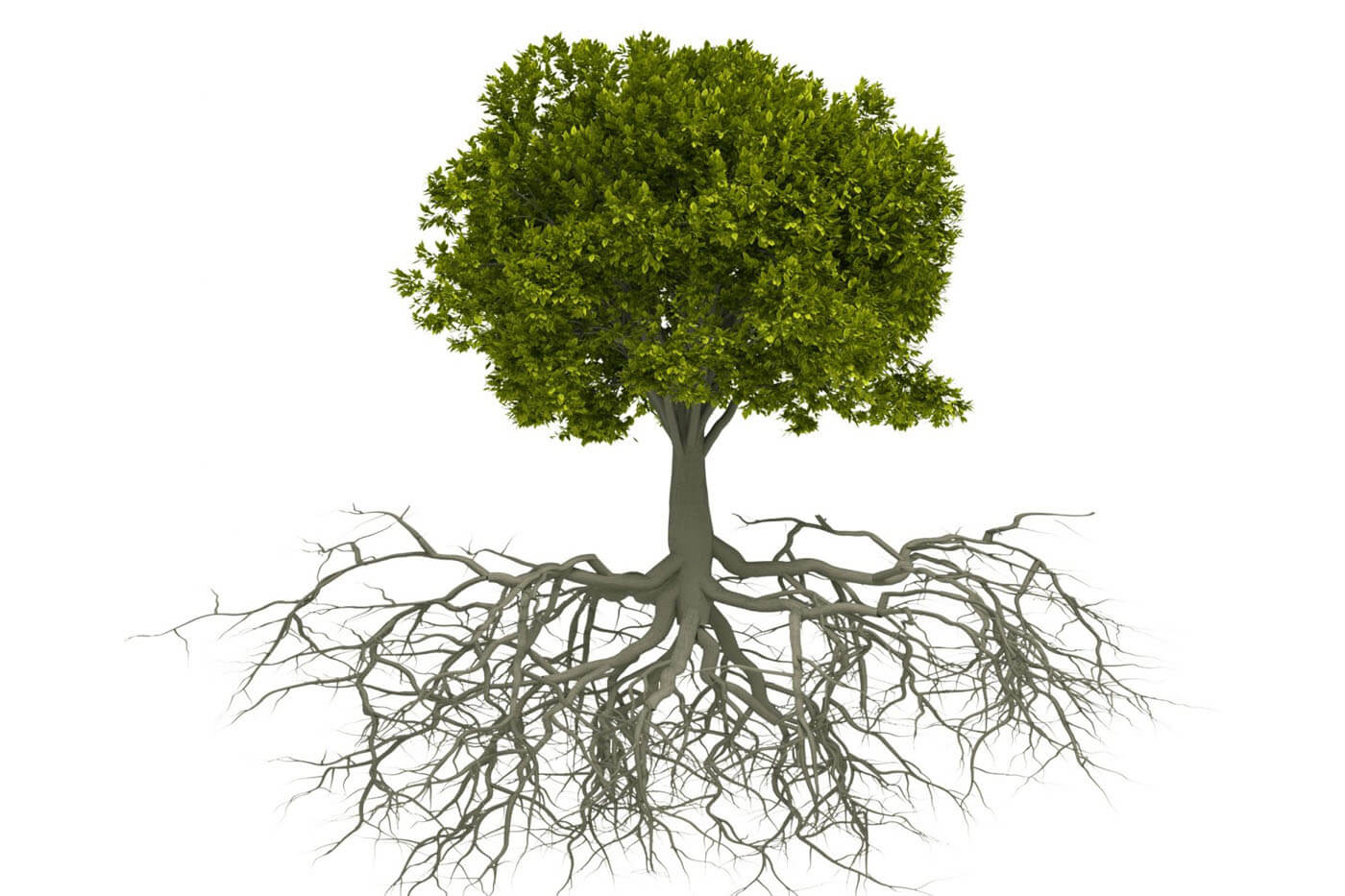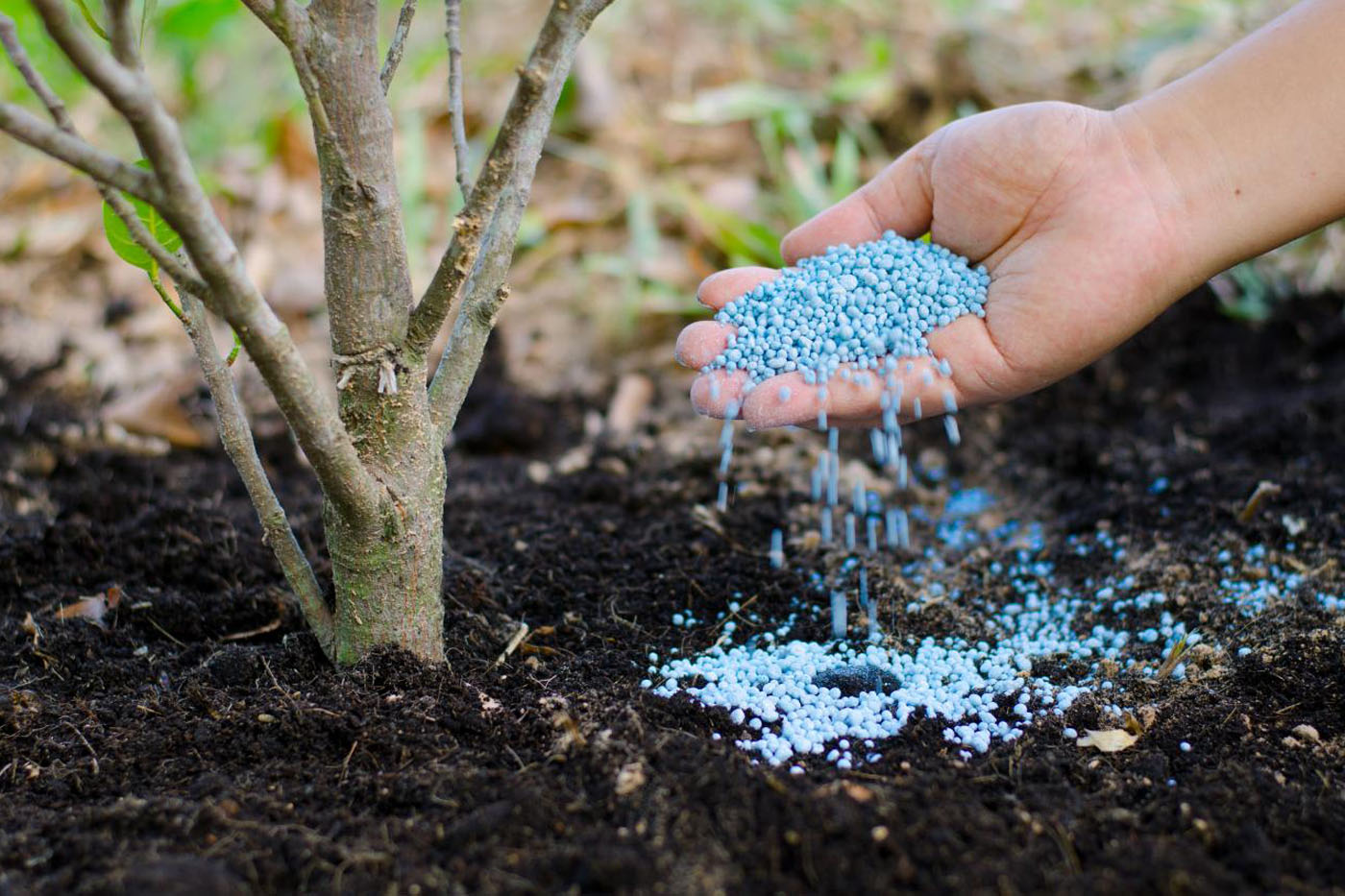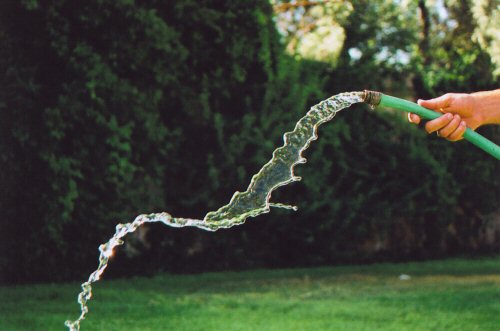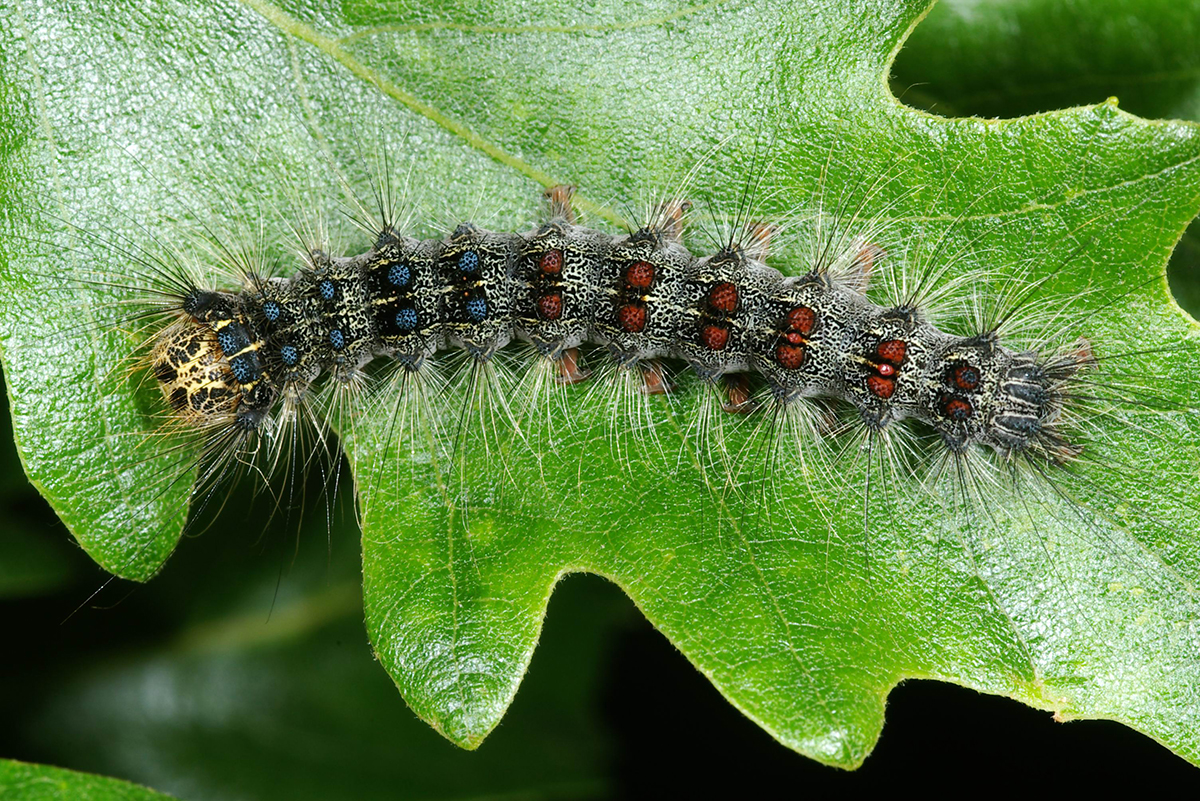The Basics
Trees need our attention to thrive!

Healthy roots are essential for growing healthy trees. Roots absorb water and nutrients for growth and help stabilize trees so they don’t fall over. Trees reduce stormwater runoff, air pollination, and carbon dioxide, invite wildlife to your yard, and provide much-needed shade. If you are going to invest in trees, it’s important you look after them.
Feeding
Mid-May is the best time to apply your first feed to deciduous (leafy) and coniferous (evergreen) trees in our area. Why? Fertilizers work best when soil temperatures are warm, and trees are actively take up nutrients. Apply a slow-release, granular Tree and Shrub fertilizer around the base of the tree (or root zone), evenly across the soil surface, and water in well. If a tree is struggling, you can feed it again in July. I don’t suggest you feed your trees after the first of August, as this can promote new growth that might not have time to harden off before winter. If your trees are struggling – the leaves and needles start to turn pale green or yellow – apply a water-soluble feed once a week for three weeks. Prepare and apply all fertilizer as per the manufacturer’s specifications.

Watering
Ensuring your trees receive enough water is essential. You can not depend on rain to provide enough water for newly planted or mature trees. To better understand a tree’s water needs, remember that it requires at least as much water as the size of its rootball or container when planted three times per week for at least two growing seasons. Remember to water your trees during dry periods. Trees need water in the spring to develop healthy foliage and to produce food throughout the growing season.

Caterpillar Damage
We’ve seen quite a bit of leaf damage on trees recently. If you find holes in leaves, rolled or webbed leaves, egg masses, or tent webs, then it’s possible you have caterpillars—they seem to have been abundant the last couple of years.
If the damage is bothersome, one solution is to spray with Bug-be-Gone. Make sure you spray on a day with little or no windand follow the manufacturer’s instructions to mix the solution. Remember to wear protective equipment—googles, gloves, mask, and a long-sleeve shirt and pants – before commencing any spraying.
Another option to spraying is to simply leave the caterpillars for birds to eat!

Winter Damage
With our winter weather fluctuations – a few days of cold, then a few days of warm, then a few days of ice and wind – we’re seeing winter damage on trees. This damage can be as simple as a few dead branch tips or as severe as frost cracks in tree trunks. Most winter damage doesn’t usually kill a tree but can be unsightly. You can choose to remove dead branch tips, but I think you’ll find as the tree grows over the summer, most winter damage will become hidden by new growth. When it comes to frost cracks in tree trunks, the best solution is to promote healthy growth by watering and feeding. In doing this, the tree has the ingredients needed to heal interiorly.
Water your trees well through the summer and up to the first hard frost in the fall. Trees with water in their roots, branches, and needles do better through long, cold winters and have less spring damage.
Trees require a bit of TLC from time to time. They add value to your home, so look after them.
